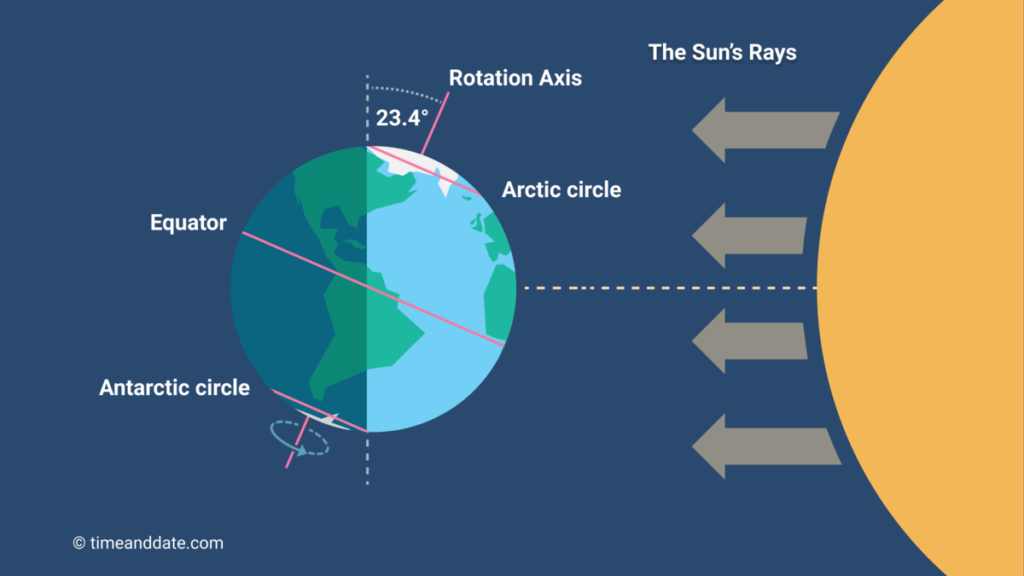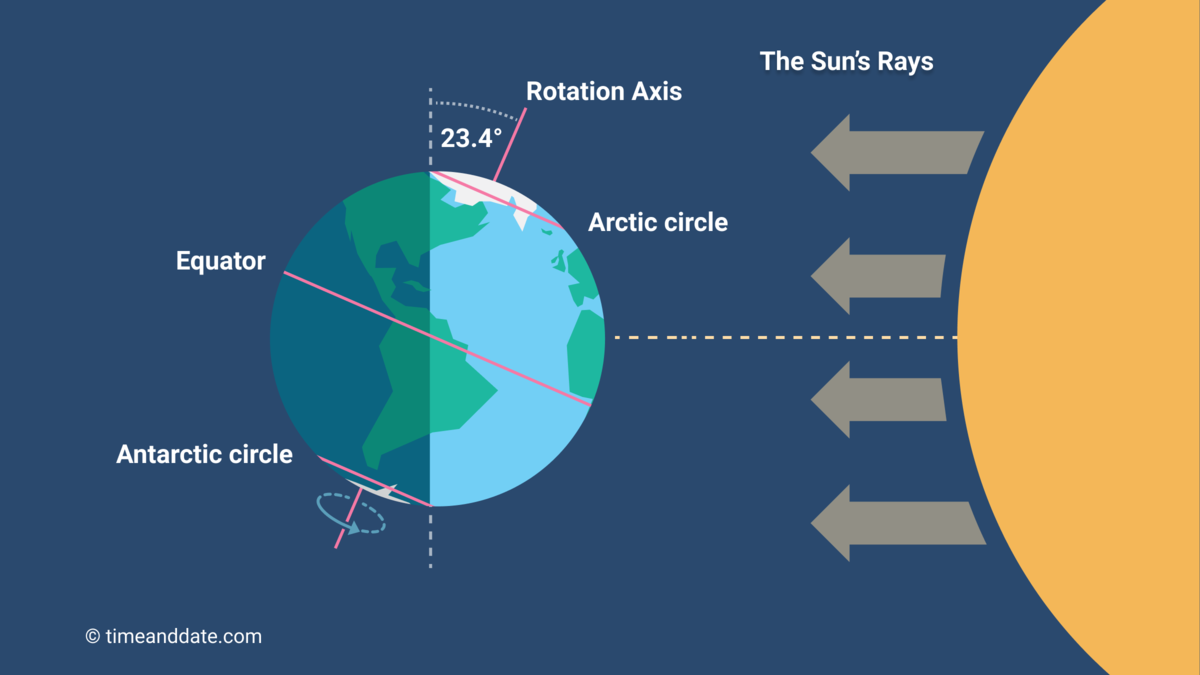
The longest night of the year duration occurs during the winter solstice, which typically falls on December 21 or 22 in the Northern Hemisphere. This astronomical event marks the shortest day and longest night of the year, as it is the time when one of the Earth’s poles is tilted farthest away from the Sun. during the winter solstice, which typically falls on December 21 or 22 in the Northern Hemisphere. This astronomical event marks the shortest day and longest night of the year, as it is the time when one of the Earth’s poles is tilted farthest away from the Sun.
Understanding the Winter Solstice
What Happens During the Winter Solstice?
During the winter solstice, the North Pole is tilted approximately 23.5 degrees away from the Sun. This tilt results in minimal sunlight reaching the Northern Hemisphere, leading to shorter days and longer nights. The Sun takes its lowest path across the sky, causing daylight to be significantly reduced. In some regions near the Arctic Circle, this can result in complete darkness for 24 hours
Cultural Significance
The winter solstice has been celebrated by various cultures throughout history. It symbolizes rebirth and renewal as people look forward to longer days following this point. Many traditions involve lighting fires or candles to represent the return of light. For instance, the ancient Roman festival of Saturnalia involved feasting and gift-giving, while Yalda Night in Iran celebrates family gatherings and special foods like pomegranates to mark this occasion
Celebrations Around the World
Different cultures have unique ways of celebrating the winter solstice:-
- Yalda Night (Iran): Families gather to celebrate with poetry readings and traditional foods, symbolizing the victory of light over darkness.-
- Soyal (Hopi Tribe): In Arizona, this ceremony includes rituals to welcome back the sun with dances and prayers.-
- Dong Zhi (China): This festival emphasizes family reunions and traditional meals, marking a time of balance between yin and yang.
- Burning of Clocks (Brighton, England): A modern celebration that involves a parade and bonfire to symbolize letting go of the past year
Conclusion :
The winter solstice is not just an astronomical event; it is also a time for cultural reflection and celebration across various societies. As we experience the longest night of the year, it serves as a reminder of nature’s cycles and our connection to them. Following this date, days will gradually lengthen, bringing more sunlight and warmth as we move toward spring.Citations:


